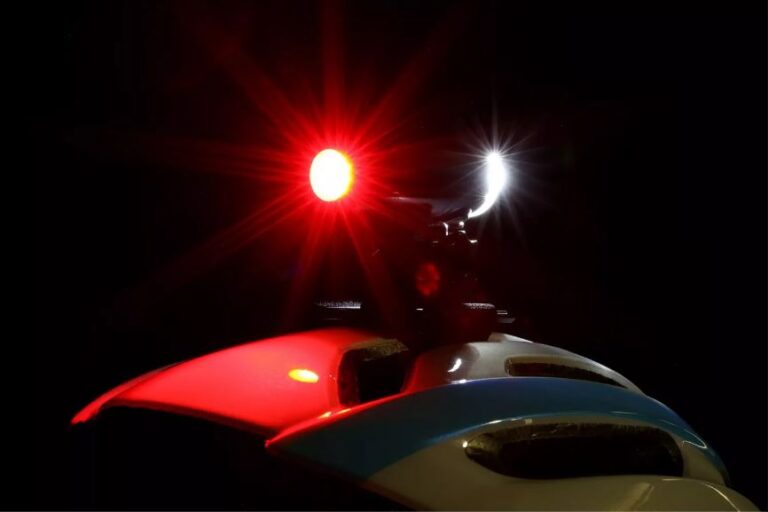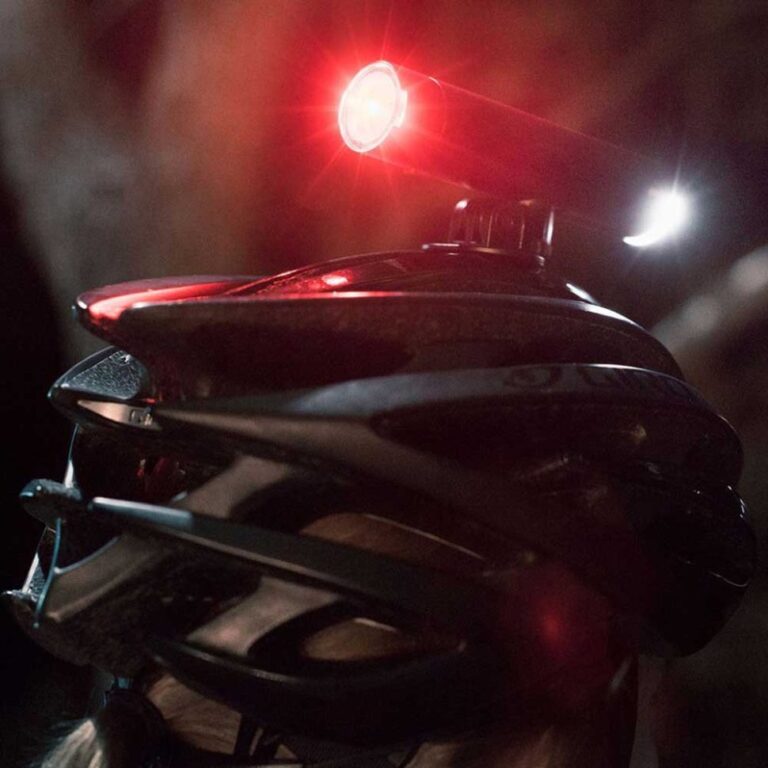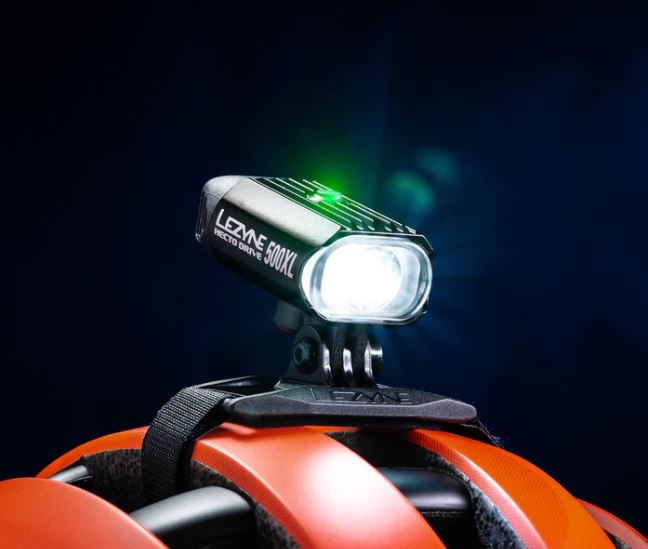Shining a Light on the Path: Bicycle Light Regulations and Legal Requirements

Key Point Summary of Bicycle Light Regulations and Legal Requirements:
- Understanding Bicycle Light Laws: Familiarize yourself with the specific legal requirements for bicycle lights in your area, which often include mandates for front and rear lights during certain hours.
- Legal Requirements for Bike Lights: Details on common legal stipulations, such as light visibility distance and operation times, typically from dusk till dawn.
- Safety Regulations: Insights into additional safety measures that complement light requirements, like reflective gear.
Navigating the world of cycling, from serene gravel paths to bustling city streets, safety has always been my beacon. Among the myriad precautions, bicycle lighting stands out not just as a tool for visibility, but also as a legal requirement in many jurisdictions.
This guide delves into the often-overlooked world of bicycle light regulations and legal requirements, aiming to illuminate the path for fellow cyclists, whether you’re embarking on your first evening ride or you’re a seasoned rider delving into the night.
Illuminating the Path: The Importance of Compliance
The laws surrounding bicycle lights are not merely suggestions; they are crafted with the intent of protecting cyclists, pedestrians, and motorists alike. In my journey across various terrains and through multiple cities, I’ve observed a common thread—wherever you are, ensuring your bike is equipped with the proper lighting is not just about personal safety, but also about legal compliance.
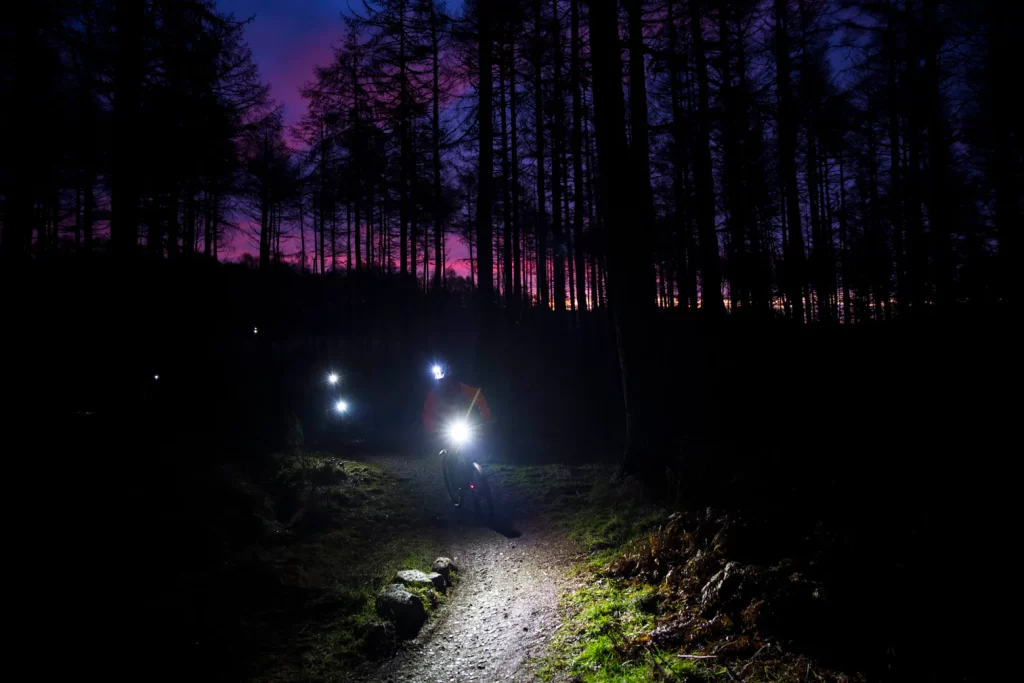
Dive into Bicycle Light Laws
Bicycle light regulations can vary significantly from one region to another, but a common requirement across many areas is the use of a white front light and a red rear light during nighttime riding, typically defined as the period from sunset to sunrise. Some jurisdictions extend this requirement to times of reduced visibility, such as fog or heavy rain. The goal is to ensure that cyclists are visible to others from a significant distance, often specified in the law (for example, visible from 500 feet away).
Legal Requirements Unpacked
While the specifics can vary, here are some typical legal stipulations you might encounter:
- Front Light Visibility: A white light that is visible from at least 500 feet to the front.
- Rear Light and Reflectors: A red rear light or reflector that is visible from 600 feet to the rear, with some places requiring both for added visibility.
- Side Reflectors: Laws may also mandate reflectors on the sides of bikes or on the wheels to increase visibility from all angles.
These requirements serve as a baseline; however, additional local ordinances might dictate more stringent standards or additional equipment.
Safety Regulations Beyond Lights
Complementing the light requirements, safety regulations often encourage or mandate the use of reflective clothing or accessories, particularly for night riding. Such measures exponentially increase visibility, further reducing the risk of accidents.
Bicycle Light Regulations and Legal Requirements: Navigating Local Laws
The key to ensuring you’re both safe and compliant is to familiarize yourself with the bicycle laws specific to your location. This might involve a quick internet search or a visit to your local cycling advocacy group’s website. Knowing the ins and outs of local regulations not only helps you avoid fines but also significantly enhances your safety on the road.
The Role of Lighting in Cyclist Safety
Beyond legal compliance, the choice of lights can have a profound impact on your riding experience. Opting for lights that exceed the minimum legal requirements can offer better visibility and alertness among fellow road users. For instance, lights with variable modes (steady and flashing) can be used strategically to ensure you’re noticed, without causing undue distraction or discomfort to others.
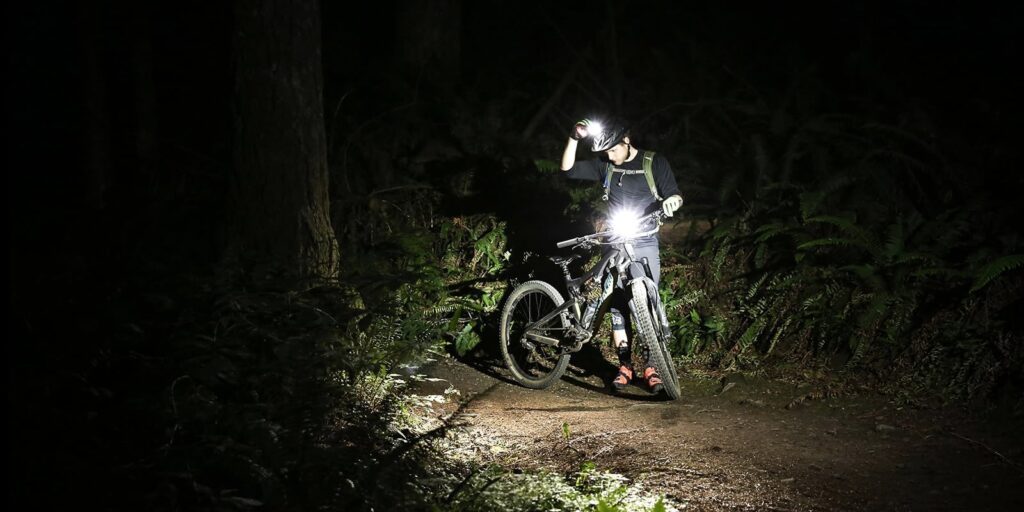
A Reflective Conclusion
As cyclists, our journey is not just about the destination but also about ensuring we navigate our paths safely and responsibly. Understanding and adhering to bicycle light regulations is a fundamental part of this journey. By equipping our bikes with the necessary lights and reflective gear, we not only comply with legal requirements but also significantly contribute to a culture of safety and respect on the roads and trails.
In essence, bicycle lighting laws are designed not as a hindrance, but as a protective measure, ensuring that every ride, regardless of the time of day, is a safe one. As we continue to pedal through the landscapes of our choice, let’s illuminate our way with the right lights, reflective gear, and a deep understanding of the regulations that guide our path. Safe riding, everyone.
One of the best bike lights that offers high lumens, durability for any conditions, and generally complies with a wide range of local laws is the Lezyne Super Drive 1600XXL. This light features a maximum output of 1600 lumens, making it suitable for both urban and off-road riding. It has multiple modes, including a Day Flash mode, which enhances visibility in daylight, and lower lumen settings for longer battery life in less demanding conditions.

The Super Drive 1600XXL is designed to withstand harsh conditions with its waterproof construction. Its versatility extends to mounting options, fitting a wide range of handlebar diameters, and it includes a secure strap that keeps the light in place on bumpy trails.
When using a high-lumen light like the Super Drive 1600XXL, it’s important to be mindful of local regulations that may dictate how and when such bright lights can be used, as well as the direction they should be pointed to avoid impairing the vision of other road users. Adjusting the light to point slightly downwards when on shared paths or roadways can help prevent blinding oncoming traffic while still ensuring the road ahead is well-lit for safety.

FAQ
What lights do you need on a bike?
At a minimum, you need a white front light and a red rear light for riding in low-light conditions or at night. These are essential for visibility and are required by law in many areas.
Do you need to have a light on your bike?
Yes, when riding in the dark or in low-light conditions, having a light on your bike is legally required in many places for safety reasons. It helps you see the road and be seen by others.
What is the etiquette for bike lights?
Bike light etiquette includes using lights in low visibility conditions, ensuring the front light is aimed slightly downward to avoid blinding oncoming traffic, and using blinking modes sparingly, as they can be distracting or disorienting to others.
How many lights do I need on my bike?
At a minimum, you should have one front light and one rear light. However, for increased visibility and safety, consider adding additional lights, such as helmet-mounted lights or extra frame-mounted lights, especially for riding in areas with poor lighting or high traffic.
